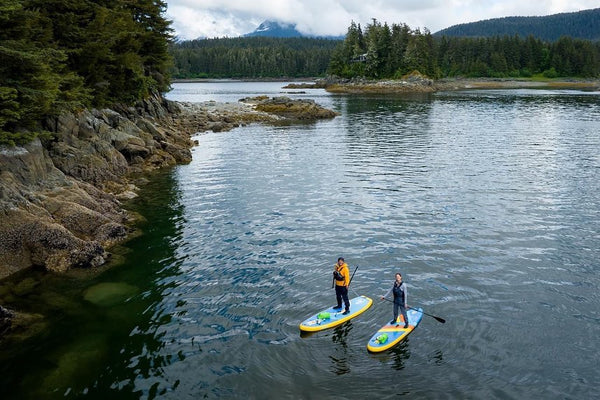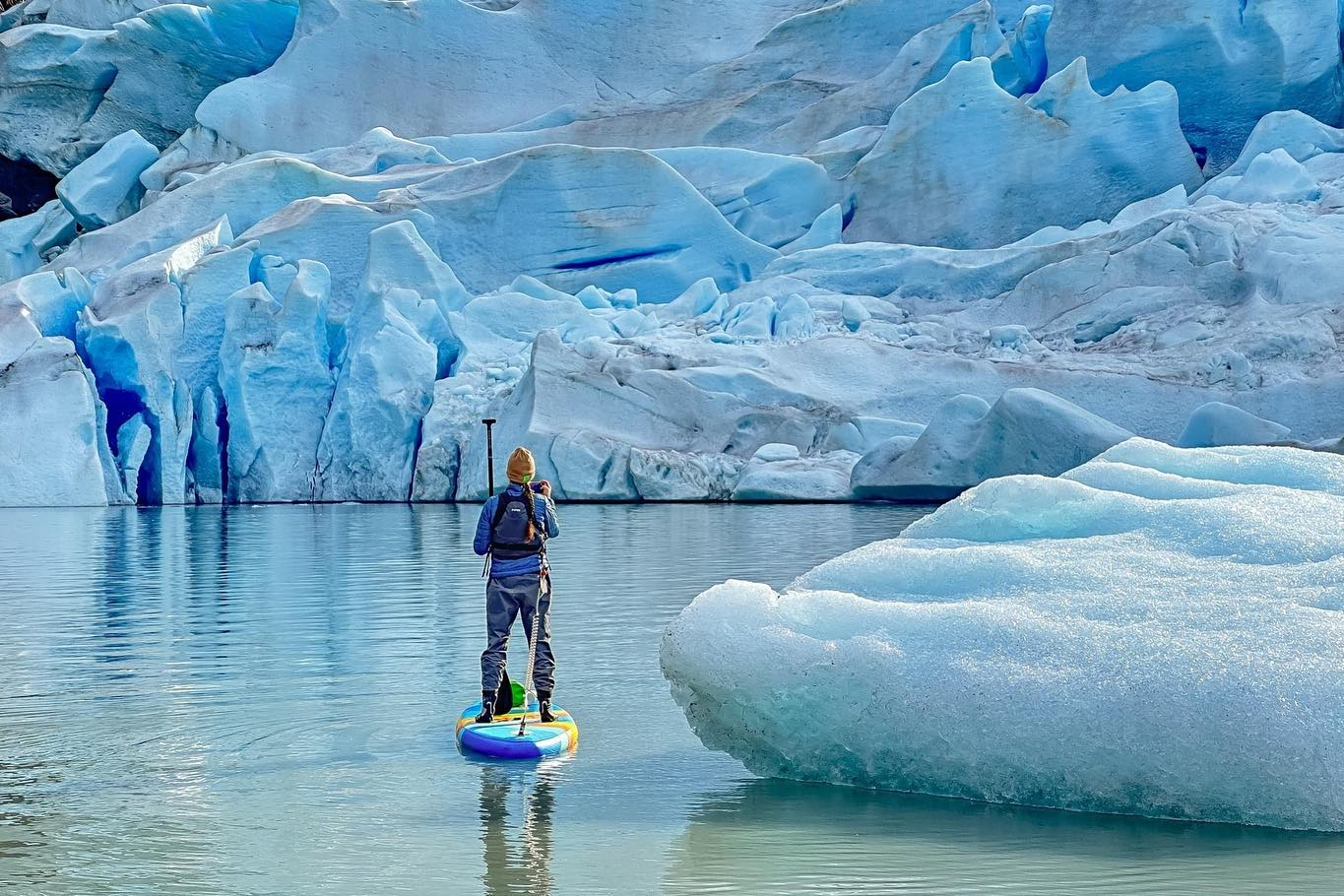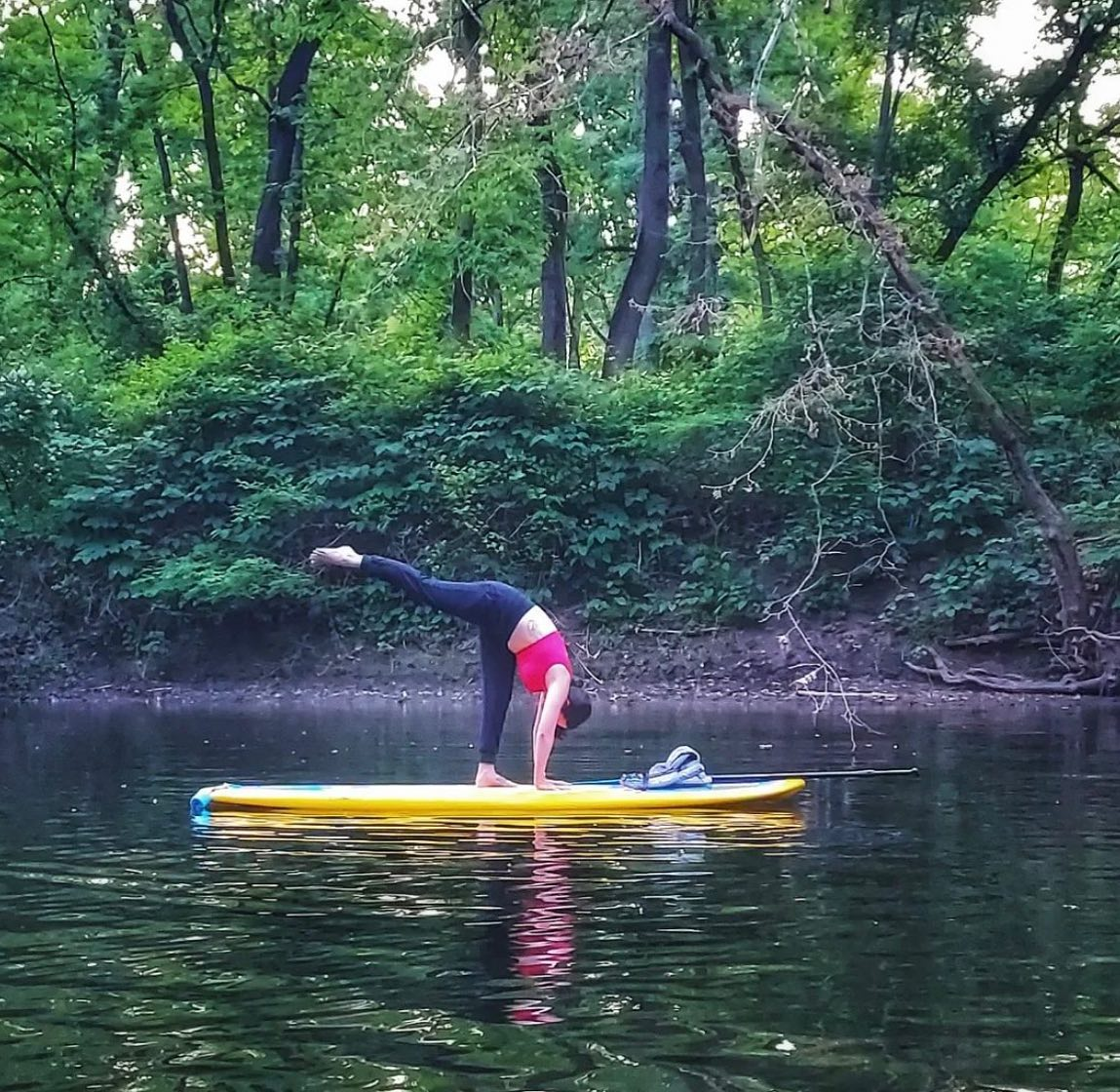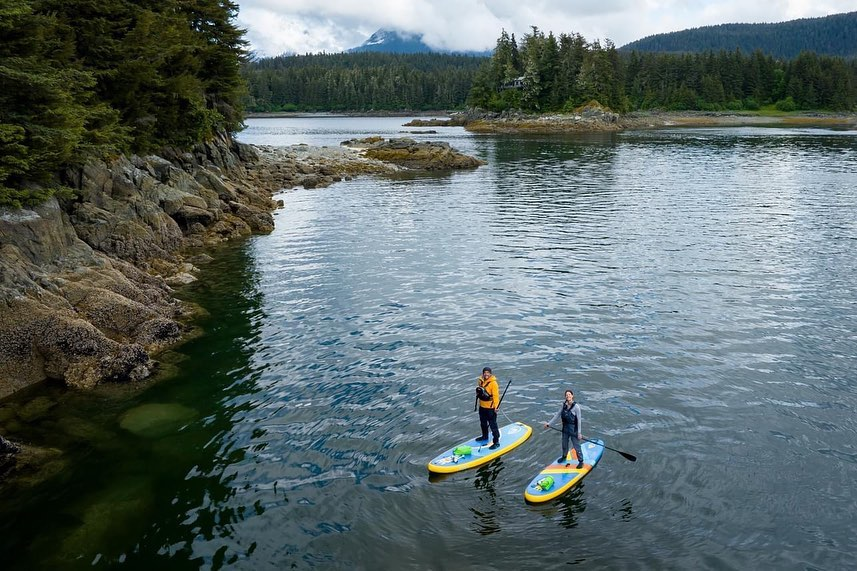
The Impact of Stand Up Paddle Boarding on Marine Environments and How to Minimize It
Introduction
Stand up paddle boarding (SUP) has gained immense popularity over the years. This fun and engaging sport offers a full body workout and an opportunity to connect with nature. However, like any human activity, paddle boarding can have an impact on the marine environment. It's essential for paddlers to understand these impacts and the actions they can take to minimize them.

The Impact of Stand Up Paddle Boarding on Marine Life
Disturbance to Wildlife
One significant impact of paddle boarding is the potential disturbance to marine and shoreline wildlife. Paddlers often share their environment with a variety of animals, such as birds, seals, and dolphins. Unintentional disruptions due to the presence of paddle boards or accidental encounters can cause stress and disrupt normal behaviors in these animals.
Pollution
Inflatable paddle boards, SUP paddles, and other gear can contribute to pollution if not disposed of correctly. Plastics and other materials that make up the gear can degrade over time, leaving microplastics that marine animals may ingest. Also, chemicals used to clean paddle boards can seep into the water, negatively affecting marine life.
How to Minimize the Impact
Maintain a Safe Distance
One of the most effective ways to minimize the disturbance to wildlife is by maintaining a safe distance from animals both in the water and on the shore. This applies to all paddlers, from beginner paddlers to advanced paddlers.
Avoiding nesting areas and being aware of the local wildlife's behavior can also reduce the likelihood of disturbing them. For instance, paddling in a straight line and at a steady speed can help animals anticipate your movement, reducing their stress.
Choose Eco-friendly Gear
When choosing your SUP gear, consider the environmental impact. Selecting paddle boards made from sustainable materials or boards designed with longevity in mind can help reduce pollution. Eco-friendly options may include boards made from recycled materials or biodegradable alternatives.
Also, consider the chemicals you use to clean and maintain your board. Opt for non-toxic, biodegradable cleaning products to minimize chemical runoff into the water.
The Role of Paddle Board Organizations

Several SUP organizations and clubs promote environmental stewardship. The International Surfing Association, for example, emphasizes the protection of the global surfing environment, which extends to stand up paddle boarding.
The Positive Side of SUP and Marine Environment
Despite the potential impacts, it's important to note that paddle boarding can foster a deeper appreciation for the marine environment. Paddlers, as they glide over the flat water or catch waves, often gain a unique perspective on the beauty and value of the ocean and marine life. This appreciation can inspire more responsible behaviors, encouraging more individuals to take active roles in marine conservation.
Respect Other Users of the Water
Understanding and respecting other water users is an important aspect of minimizing the impact on marine environments. This includes fellow paddlers, surfers, fishermen, and boaters. Remember to follow local regulations and guidelines to avoid collisions or disruption of other activities. For example, avoid paddling in designated surf zones or fishing areas, and give other boaters or vessels the right of way. These actions contribute to a safer and more respectful environment for everyone.
Participate in Clean-up Activities
Paddlers are in a unique position to notice and respond to pollution in the marine environment. Participating in clean-up activities or simply picking up trash encountered during paddle boarding trips can have a significant positive impact. Several organizations arrange regular clean-ups and events focusing on marine preservation, which can be an excellent opportunity for the paddle boarding community to contribute to the health of our oceans and lakes. This active participation can also help raise awareness among other water sports enthusiasts and the wider public.
Education and Advocacy
Finally, one of the most powerful ways to minimize the impact of paddle boarding on marine environments is through education and advocacy. By learning more about the local ecosystem and the potential impacts of human activities, paddlers can make more informed decisions that protect these environments. Sharing this knowledge with fellow paddlers, friends, and family can extend this impact even further. Advocacy can also involve supporting legislation or initiatives aimed at protecting marine life and promoting sustainable practices within the sport.
Conclusion

While stand up paddle boarding can have some impact on the marine environment, the paddle boarding community has the power to minimize these effects. By making conscious choices about gear, respecting wildlife, and following "Leave No Trace" principles, paddlers can continue to enjoy this sport while preserving the health of marine environments. Ultimately, the goal is to ensure that future generations can also experience the joy and health benefits of SUP boards while appreciating the beauty of our oceans and lakes.

